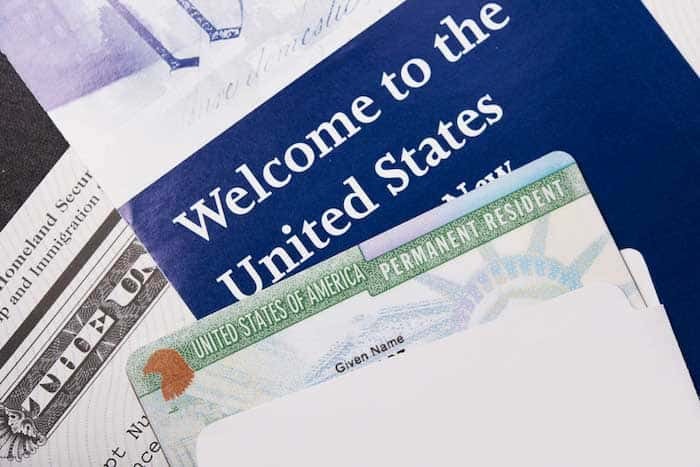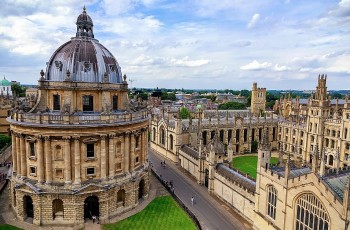What Is US Green Card? How Many People Have Received US Green Card?
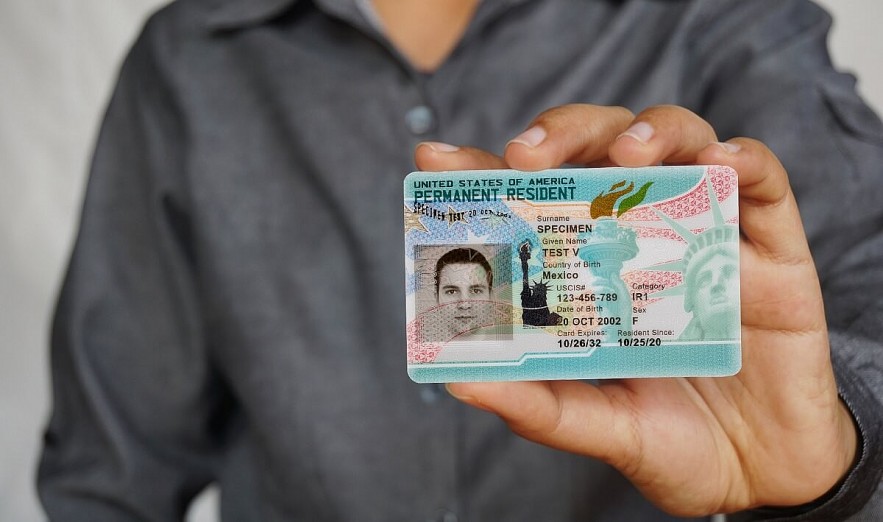 |
| What Is US Green Card? How Many People Have Received US Green Card? |
What is a green card?
Green cards are one of the most prevalent ways to immigrate to the United States. They provide persons lawful permanent resident (LPR) status, which allows them to live and work in the country, own property, receive educational financial aid, and serve in the military, paving the route to full citizenship.
How can you get a green card?
The Immigration and Nationality Act (INA) of 1952 establishes many paths to obtaining a green card. The majority of approved candidates have family relations in the United States, are US citizens, and are above the age of 21.
Other admittance criteria include employment, asylum seekers, refugees, and survivors of human trafficking and abuse.
READ MORE: What Is A Green Card or Permanent Resident Card in the U.S
What Are the Benefits of Having a Green Card?
A green card has numerous benefits, the most important of which is that it permits the holder to permanently live and work in the United States and, after a certain number of years, become a US citizen.
If you are married to a US citizen, you can petition for citizenship after three years; otherwise, you must wait five years. (If you recently married a US citizen and apply for a green card, you may be granted conditional permanent resident status.)
You cannot be deported to your nation of origin. Green card holders keep their status as permanent residents regardless of future changes to US immigration legislation. A green card is permanent and cannot be revoked due to prospective changes in immigration legislation. A green card holder, on the other hand, can lose their residency by committing a crime, breaking the law, or engaging in behavior that could lead to deportation.
You are not required to relinquish citizenship in your country of origin.
You are legally protected by federal, state, and local regulations. Permanent residents are entitled to the same legal protections as US citizens.
You can sponsor other family members for green cards. Family members of permanent residents receive precedence, but not as much as family members of US citizens. Eligible family members include spouses and unmarried children.
You can renew your green card every ten years.
You have an easier time traveling to and from the United States than other visa holders or new entrants. Permanent residents with a valid green card may travel overseas and return to the United States within 12 months.
You can travel and live anyplace in the United States. State borders are not a barrier, and there is no need to consult with civil or state government entities.
You are eligible for government benefits such as Social Security and education help. Permanent residents can seek for government-sponsored educational aid. Furthermore, green card holders are eligible for in-state or resident tuition rates at some schools and institutions. A green card holder who lives in the United States for an extended period of time may be eligible for social security benefits.
You may apply for a wide range of employment. Green card holders have more career prospects than individuals with a work visa. Permanent residents, for example, can apply for employment requiring security clearances or to work for the government.
You can participate in the political process. Politics at all levels, from local councilperson to president, can have an impact on American life. Green card holders can make financial contributions or volunteer for a candidate of their choosing in US elections.
READ MORE: How To Apply For A Green Card in the US With The Simple Ways
Which nations are the primary suppliers of green card recipients?
Since the United States began monitoring lawful permanent residents in 1820, Mexicans have been the greatest demography of green card admittances. Over 9.4 million individuals, or 10.7% of all arrivals. Germany (8.3%), the United Kingdom (6.3%), Italy (6.2%), and Canada (5.6%) follow behind them.
Mexico accounted for 14.4% of the roughly 10 million green card beneficiaries over the last decade, followed by India (7.2%), China (6.6%), Cuba (4.6%), and the Dominican Republic.
How many persons have obtained a US green card?
In 2022, the US accepted 1.02 million green card applications, up 37.6% from 2021. As of January 2023, there were 12.7 million lawful permanent residents in the US.
Since 1820, this process has provided permanent residency to 88,455,881 persons. Currently, approximately 14% of the US population is foreign-born.
How many family green card holders are there in the United States?
Immigrants with Green Cards constitute a sizable proportion of the US population. According to the DHS and US Census Bureau American Community Survey databases, there were approximately 13.6 million green card holders in the United States by the end of 2019. According to the Office of Immigration Statistics, Family Green Cards accounted for 63 to 68% of new Green Cards awarded year between 2016 and 2018. Assuming that the 2016-2018 statistics are representative of normal years, we can estimate that there were between 8.5 and 9.3 million Family Green Card holders in the United States at the end of 2019.
Green Card holders come from all over the world, including Guatemala, the Philippines, Africa, and India. In terms of demographics and country of origin, Mexico accounts for around 23% of green card holders, making it the largest category in 2019. This is followed by China. Chinese immigrants account for 6% of the Green Card population, according to Department of Homeland Security data on legal immigration and the foreign-born population. According to the same data, Hispanic countries account for over 38% of all green card holders.
Of the 13.6 million green card holders, around 9.1 million are eligible to become US citizens (a process known as naturalization). Given that 63-68% of new Green Cards are Family Green Cards, we can estimate that 5.7 to 6.2 million people with Family Green Cards are eligible for US citizenship through naturalization.
The Office of Immigration Statistics provides further statistics and fact sheets on the immigrant population, as does the State Department.
How many immigrants apply for Family Green Cards each year?
The US Citizenship and Immigration Service (USCIS) is in charge of issuing Family Green Card applications. Each year, USCIS receives the same amount of I-130 FORMS (Petition for Alien Relative) as persons apply for family Green Cards.
In 2019, 659,443 persons applied for Family Green Cards through USCIS by submitting Form I-130. This figure is much lower than the USCIS's average annual receipt of 848,362 Family Green Card applications from 2015 to 2018. In 2016, more than 934,000 immigrants sought for family green cards.
Top destinations for Green Card holders in the US
Because the United States is such a large and diverse country, deciding on a specific location or region to live in is difficult. So, where are new Green Card holders most likely to visit?
Top five US states in terms of total immigration numbers are
1.California (10.6 million)
2.Texas (population 5 million)
3.Florida (4.5 million)
4.New York (4.4 million)
5.New Jersey (2.1 million)
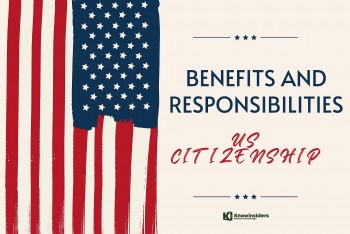 Fact About U.S Citizenship: Benefits, Responsibilities And FAQs Fact About U.S Citizenship: Benefits, Responsibilities And FAQs Although having US citizenship has many advantages, there are also certain obligations. Check out the privileges and obligations of US citizenship. |
 How To Become A US Citizen Based On Common Ways How To Become A US Citizen Based On Common Ways There are several advantages and obligations associated with US citizenship. There are easy ways to obtain US citizenship, which are listed below. |
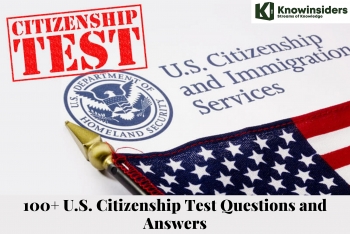 U.S Citizenship: Top 100+ Test Questions and Best Answers U.S Citizenship: Top 100+ Test Questions and Best Answers Owning American citizenship is the dream of many people. If you meet the requirements of the United States Citizenship and Immigration Services (USCIS), you will ... |


